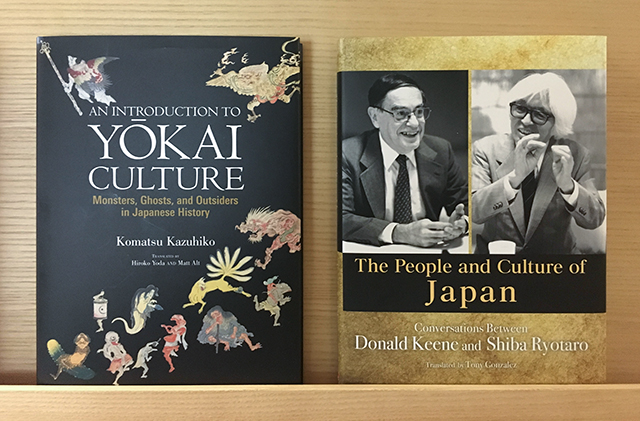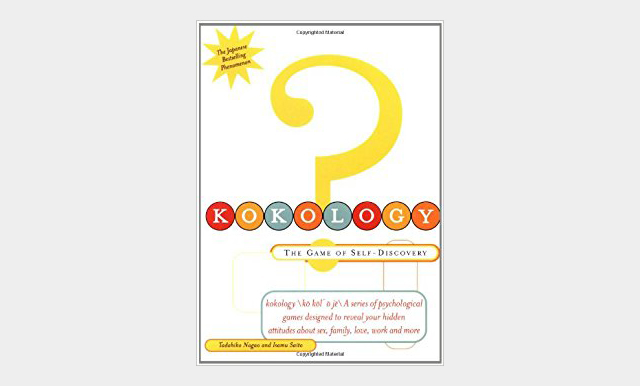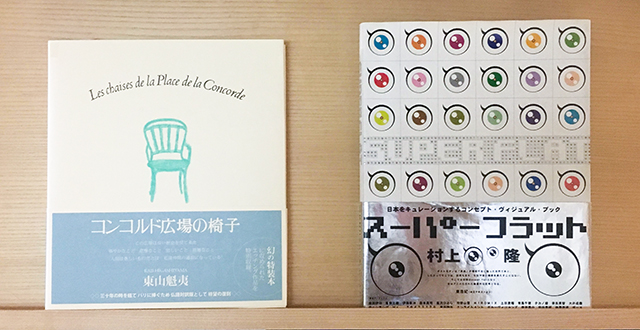Services > Episode 3
Episode 3Translating Japanese Into Foreign Languages
Translating Japanese into foreign languages (usually English) is an important pillar of Office Miyazaki’s business. When Office Miyazaki was first getting started, Miyazaki herself would translate texts into English and then send them out to a native English speaker for rewriting, but those days are long gone.
Believing in the importance of using translators who are native speakers of the language spoken in the countries where the books will be read, we have been involved in many projects translating Japanese into foreign languages. In the beginning, of course, these were not novels or other literary works but mostly practical works, visually-centered books, or catalogs, but the more we did the more we wanted to devote our energies to the area.

Misrepresentations of Japan in Overseas Writing
In the old days, Office Miyazaki worked with a foreign magazine providing what could charitably be called research but really amounted to the numbing task of collecting supporting evidence for articles about Japan—tracking down the spelling of names and whether someone really said what they were said to have said. Thirty years before YouTube appeared on the scene, overseas articles about Japan nearly always had some sort of problem. Nobody was saying topknots were still in fashion, of course, but there was still a powerful sense of the fantastic in articles about Japan, as if people were reluctant to accept that the country was already fully Westernized.
One time we were asked to confirm sales figures for vending machines in Japan and after gathering the appropriate figures from the responsible trade association and reporting them back the foreign headquarters gave us a scolding, saying, “It can’t possibly be that high. That’s bigger than the GPD of Singapore!” After we went back, though, and explained how much land there was in Tokyo, how many vending machines there were on average per unit of land area, and how the figures were derived—even providing a mathematical formula—they were satisfied. Back then it was critical to take the extra step to make sure Japan was properly understood.

Localization
Around that time we received an unexpected opportunity to help introduce a Japanese psychological game called Kokology to overseas readers. At the time, Japanese books had a high-culture image and were typically translated and introduced by renowned scholars of Japan overseas. Except for manga and anime-related titles with devoted niche audiences, entertainment titles and how-to books were rarely made available to overseas readers. Kokology was a best-selling series of books based on the Soreike Kokology pop psychology quiz show on television. Made up of short quizzes whose answers reveal psychological truths, it was a sort of party game that could be used in situations like group dating.
This was our first ever localization project. Together with Douglas Sipp, a translator then working for a Japanese game company, we put together materials for a proposal that I am told led several major American publishers to express interest in obtaining the rights. We selected a number of episodes from the multi-volume series that seemed likely to transfer to an overseas context, translated and rewrote them, and compiled them into a single volume. The book sold hundreds of thousands of copies in the United States and has been translated into nineteen languages. The American publisher even asked us to do a second volume.
Because so much of handling a title like Kokology is localization the lessons learned do not apply directly to the normal translation process, but I am reminded every day that the skills required do apply to some degree for mysteries and essays and other texts that seek to reach a large audience of readers.

What Makes Office Miyazaki Different
Even when translating into Japanese, it is not enough just to turn horizontal text into vertical text; creating text that people will actually read (or, for books, pay money to purchase), requires doing the work of checking for mistranslations and carefully polishing the text, even for the shortest of pamphlets. The longer a text is, the greater the likelihood of typographical errors or misinterpretations. The work is only complete when these have been addressed, and this is why it is essential to involve professional revisers and proofreaders when producing work for publication.
When translating Japanese into foreign languages, the roles of the people involved are reversed. That is, we need talented translators who are native speakers of the languages in which the book or text will be read, and native-speaker editors to polish the translations even further. Compared to thirty years ago, the number of translators whose native language is not Japanese has certainly increased, but continued complaints that many English translations from Japanese are not very good suggest the number of professionals remains rather small.
Office Miyazaki relies on the skills and scruples of its translators and editors who are native speakers of the languages in which they work and we hope to continue sending Japanese works out into the world.


